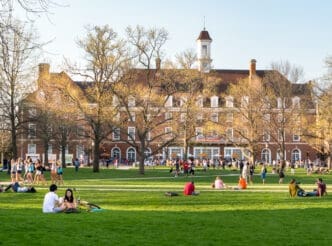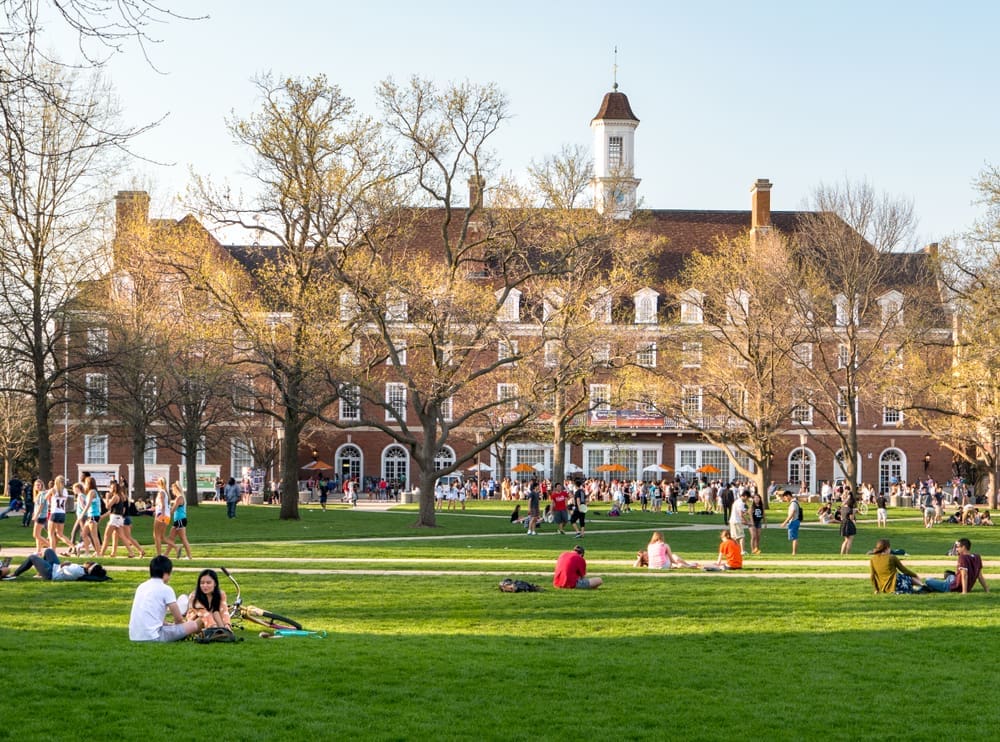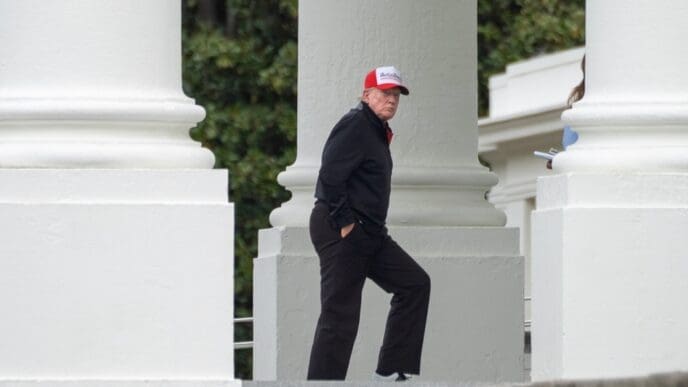The resumption of student loan collections by the U.S. Department of Education under President Donald Trump is predicted to significantly affect low-income consumers. After a hiatus of around five years, the department has restarted the collection of defaulted student loans, marking a shift in policy that could lead to wage garnishment and other penalties for borrowers who have fallen behind on payments.
JPMorgan has projected that this renewed collection effort could reduce disposable personal income by $3.1 billion to $8.5 billion monthly, based on various interest rates and repayment plans. If these amounts were fully realized in a single quarter, the impact could reduce disposable personal income by 0.7% to 1.8% year-over-year.
This development comes at a time when consumers are already feeling the strain from high tariffs and inflation, contributing to low consumer sentiment as indicated by recent data from the University of Michigan.
Experts suggest that the resumption of student loan payments could disproportionately affect financially vulnerable groups. Bank of America highlights that student loan repayments could have broader implications for consumer finances, particularly among subprime borrowers. Although student loans comprise only 9% of total consumer debt, this figure rises to 30% when mortgages are excluded.
As of March, total outstanding student loan debt had escalated to $1.6 trillion, reflecting an increase of $500 billion over the past decade. The New York Federal Reserve reports that nearly one in four borrowers are currently behind on payments, with delinquency rates having surged to 8% from 0.5% within a recent quarter.
While delinquency indicates past-due payments, default is a more severe status, potentially leading to wage garnishment. If seriously delinquent borrowers default, nearly 25% of all student loans could fall into this category according to JPMorgan.
Notably, some borrowers may not have wages or Social Security earnings that can be garnished, potentially mitigating the overall financial impact. However, those who resume payments may see discretionary spending decrease.
Meanwhile, Trump’s proposed tax reductions on overtime and tips could offer some relief to lower-income Americans affected by wage garnishment. However, the broader economic impact of reduced discretionary income remains a concern, as Wall Street assesses the risk of a potential recession.
Despite these challenges, some economists argue that the resumption of student loan payments may not significantly affect the overall economy. They point out that the economy has been largely driven by high-income earners post-pandemic, who are primarily responsible for consumer spending. Thus, while the situation presents challenges for individual borrowers, its macroeconomic implications may be limited.











